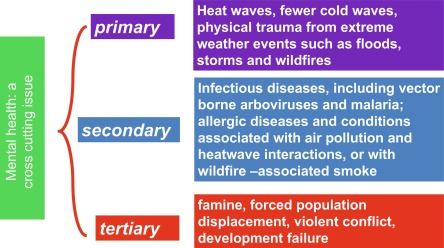This Article supports SDG 3 by examining whether rehabilitation with hearing aid use in people with hearing loss is associated with lower mortality.
Proper regulation is essential to ensure that such a system benefited those in need, and that those who provided organs are properly compensated. Without significant policy changes, however, far too many patients will continue to languish on waiting lists until they run out of time. The goal of SDG3 is that everyone should have a good health and well-being.
Augmentation approaches warrant further consideration as part of water agencies' regional water supply portfolios. Although the ocean water augmentation approaches discussed in this paper are based on a case study in California, the approach can be applied to similar scenarios around the world.
This article shows that hospital-based newborn SCD screening and follow-up programs would be feasible in Haiti.
The paper presents a scientific framework for assessing marine biodiversity and reveals significant gaps in our understanding and protection of ocean biodiversity, emphasizing the need for more strategic conservation efforts to safeguard marine ecosystems and their contributions to human well-being.
This Article supports SDG 3 by showing that mobile health clinics can be a feasible and effective way of providing hepatitis C services to underserved, at-risk populations who face barriers to care. Policymakers should consider implementing such programmes in order to increase diagnosis and treatment rates and improve outcomes among these populations.
The research on enveloped viruses' response to environmental factors supports SDG 3 by informing effective disinfection strategies, crucial for preventing disease spread and promoting public health.
This article supports SDG 3 by investigating the association between moderate and vigorous physical activity and Alzheimer's disease mortality
Human health, in the coming decades (and already in some “front-running” regions), is in peril. Although some authorities warn that over-stating such risks can induce paralysis and despair, under-stating them will not generate the intense action that is required. The impact of climate change on the Earth system is now so significant that the next ice age will likely be delayed by at least 50,000 years [201]. If humans do not rapidly change their collective behavior, then this may be their most enduring legacy. It is hoped that this chapter makes a small contribution to SDG3.
This chapter advances Goals 3 and 5 by discussing how pediatric health-care providers and systems can create healing-centered spaces to support IPV survivors and their children.

